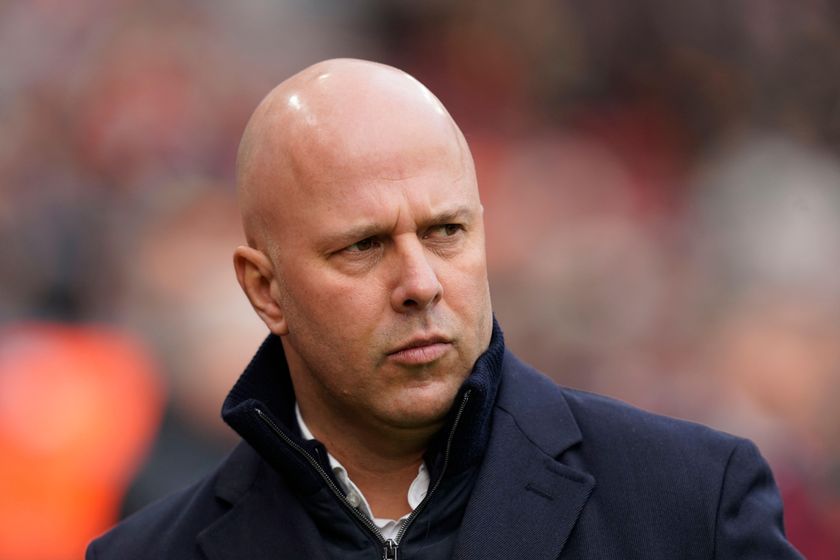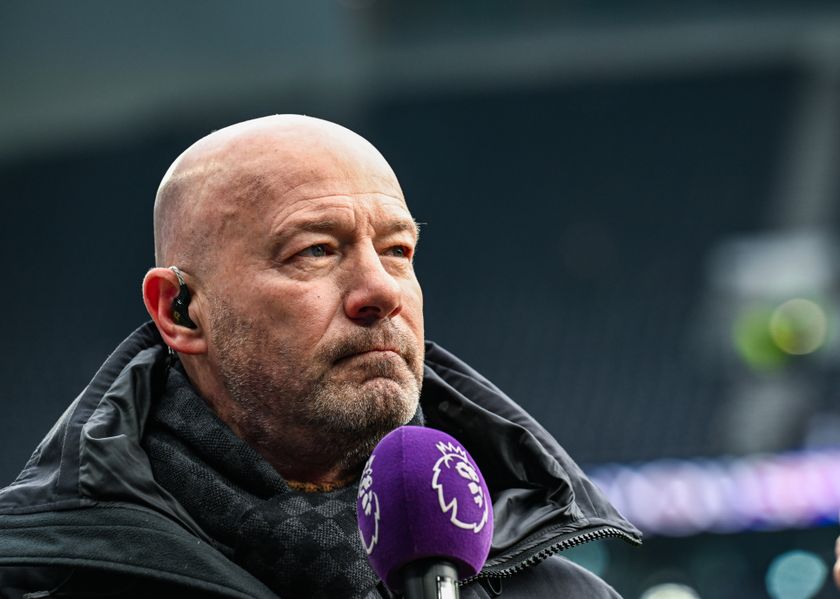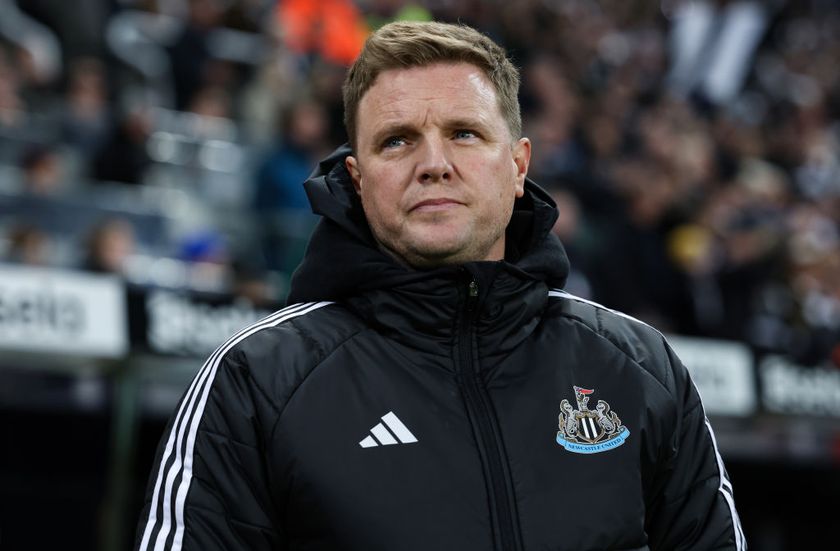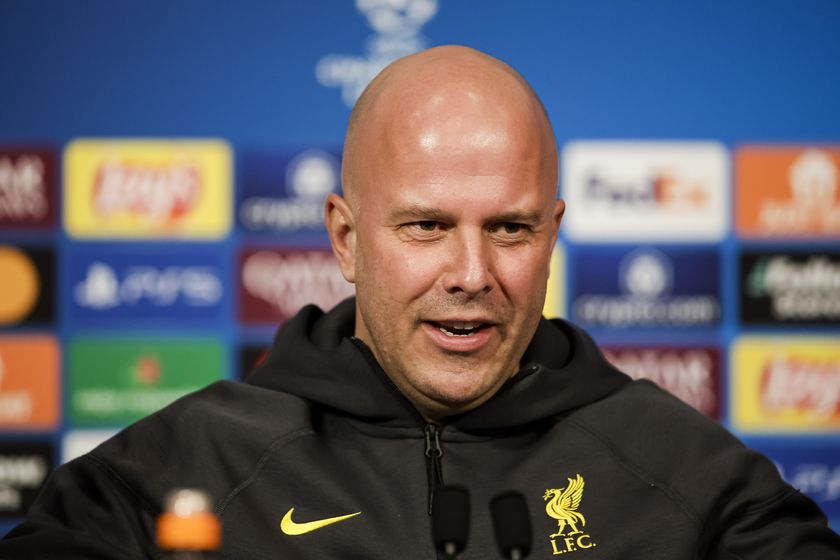Premier League chooses Hawk-Eye system
The Premier League has sought to consign disputes over goal-line decisions to the past by introducing technology in the form of the British Hawk-Eye system from next season.
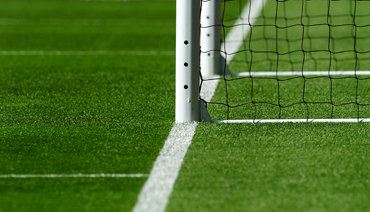
All 20 clubs voted to approve the technology, which involves the use of seven cameras behind each goal, at a meeting of Premier League executives on Thursday. The English top flight will be the first domestic league to adopt goal-line technology.
Clubs also ratified new limits on financial losses and curbs on increases in player wages, underpinned by the threat of points deduction, despite the opposition of some teams.
The measures, designed to ensure clubs do not blow a five billion pound television cash injection on player wages, were agreed in principle in February.
Fourteen clubs backed the changes on Thursday, while five opposed them and one abstained, meaning a required two-thirds majority was achieved.
FIFA has recently embraced goalline technology. A system supplied by German-based GoalControl, which also relies on cameras, will be used in the Confederations Cup in Brazil and World Cup in 2014.
Spain hopes to follow the Premier League's lead and introduce goal-line technology within two to three years, its chief executive said on Thursday.
SEEING IS BELIEVING
Get FourFourTwo Newsletter
The best features, fun and footballing quizzes, straight to your inbox every week.
Premier League Chief Executive Richard Scudamore said fans wanted to see that justice had been done over decisions that could make or break a season.
"Replays will be made available to all our host broadcasters and we are examining the feasibility of them being used on in-stadium big-screens," he said in a statement.
"It is essential that fans see the system in action to know that it is working," he added.
The British based company Hawk-Eye, owned by Japanese entertainment group Sony, is familiar to sports fans through its use in tennis and cricket.
The system to be used in the Premier League will notify the referee if the ball has crossed the line within one second.
The Football Association wants technology to be introduced at the pre-season Community Shield fixture after lobbying for it for some time, sanctioning its testing at an England v Belgium international friendly last June.
Installation of the system is expected to take up to six weeks to complete at the 20 clubs competing in the Premier League next season.
While FIFA's European cousin UEFA steadfastly refuses to adopt technology, preferring instead to use extra officials behind the goal.
FIFA President Sepp Blatter was convinced by the failure of officials to award a goal in England's World Cup clash with Germany in 2010 when a Frank Lampard shot clearly crossed the line.
England manager Roy Hodgson on Thursday welcomed the introduction of goalline technology into the game, saying it was "a step in the right direction".
"In the future everyone will know if a goal has been scored and misses by the referees and assistants will be ruled out of our agenda," he told delegates at the Soccerex European Forum in Manchester.
Hodgson, however, voiced concerns that technology could be used in future to decide other matters such as handbal
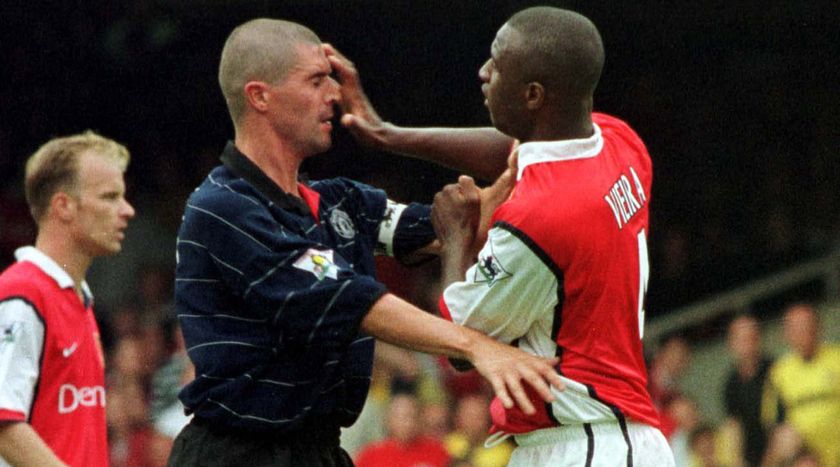
‘So many times when we played Manchester United, arguments would start before the first whistle had even blown – the players would try to kill each other with their eyes’ Former Arsenal star remembers famous Premier League rivalry
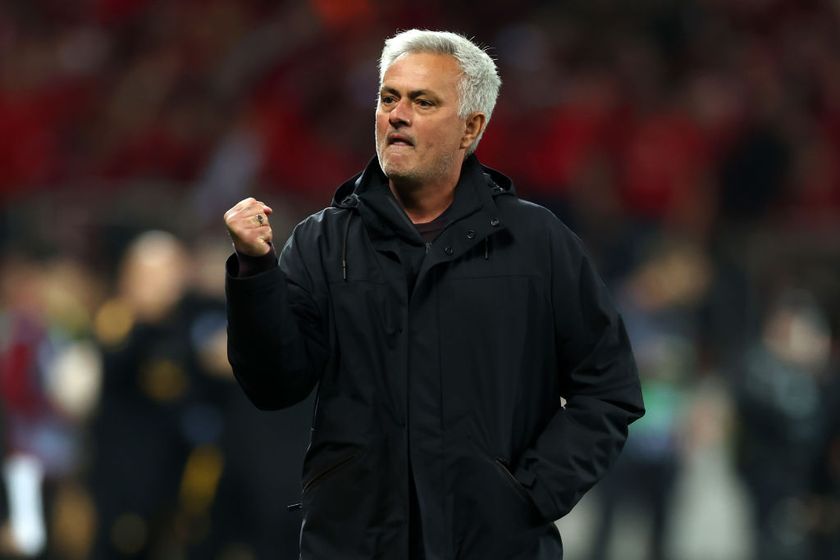
Bizarre Jose Mourinho statement aims to pre-empt punishment after Fenerbahce boss clashes with Galatasaray counterpart

